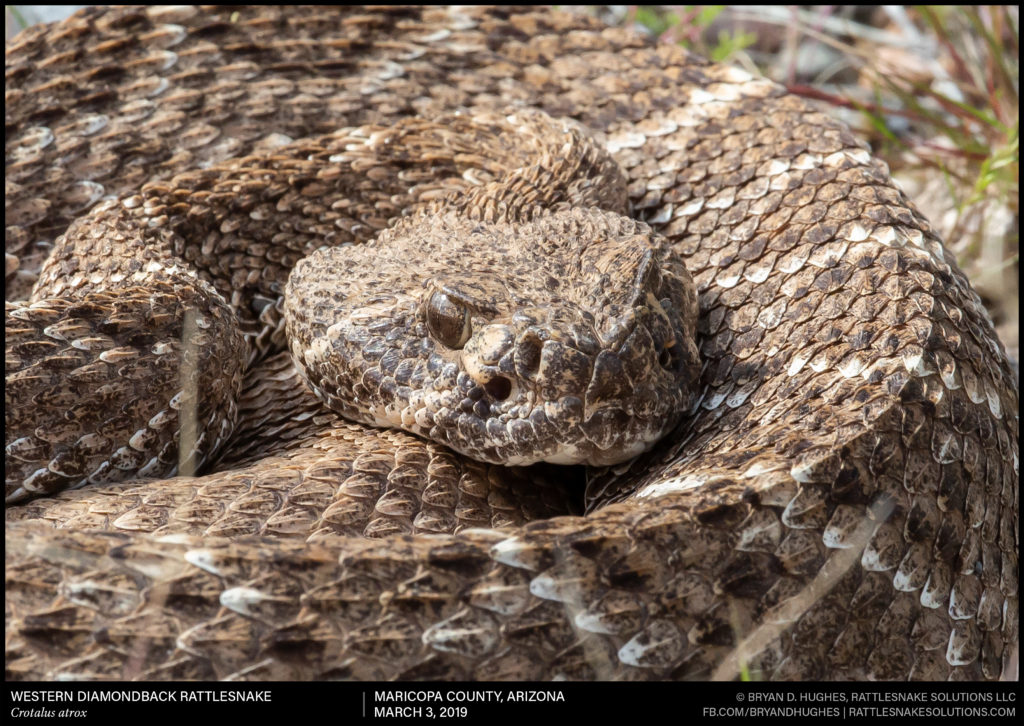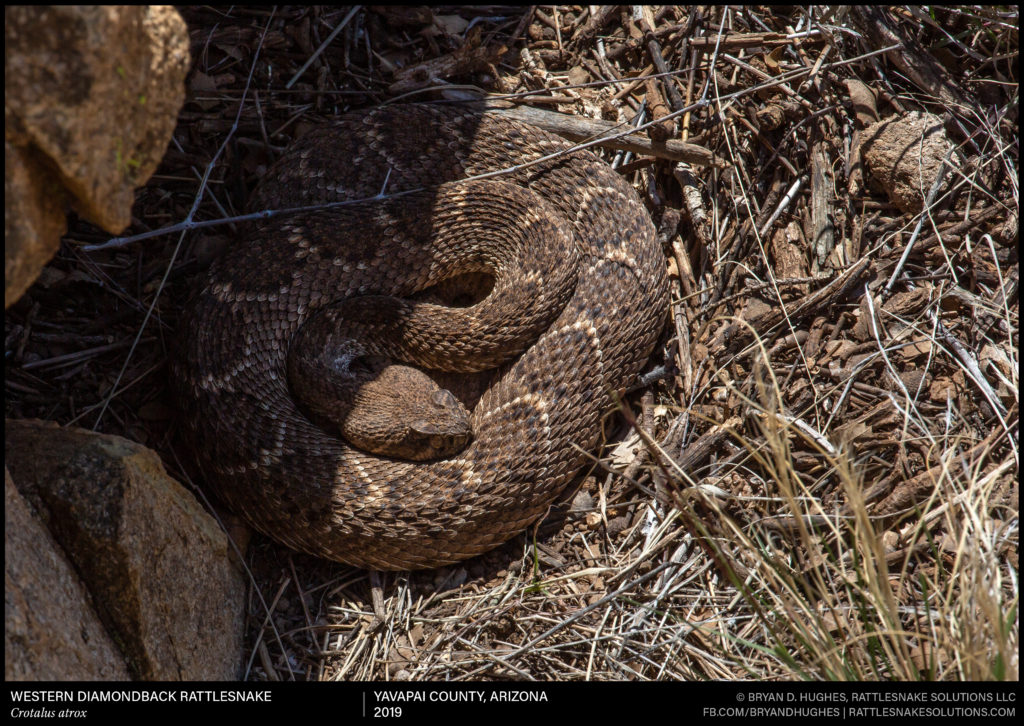
It is completely normal to occasionally see rattlesnakes in the winter. The first rattlesnake sightings of the year have started to pop up around Arizona, along with the subsequent misinformation. To get a jump on things, let’s clear a few things up. Copy and paste this as a response to all the “OMG it’s too early!” comments you see out there 😉

- Rattlesnakes are not out early; some reported sightings are completely normal. You do not need to worry or stop hiking, etc.
- It is not “too cold”. Any day with the right conditions can have rattlesnakes coming to the surface of their chosen den. This can happen any day of the year when things are right.
- Rattlesnakes do brumate (hibernate) and do have distinctly different phases of behavior as seasons progress. However, part of this behavior includes the need to come to the surface in certain conditions. In particular, moisture and the chance to drink means you can potentially see a rattlesnake on the surface even in the cold months. This doesn’t mean “they don’t hibernate”, but that this behavior is more complicated than most people expect.
- Yes, you can see rattlesnakes on rare occasions, under very specific circumstances, in very specific places. “They are out” as they are all year, but this does not mean they are ACTIVE or that you need to worry if you’ve heard of someone seeing one. A number of these snakes are due to human causes, like construction, removing an old shed, or getting into the long-overdue garage cleanup. If a snake is uncovered by our behavior, that is not an “active” snake, but a discovered and displaced one.
- No, rattlesnakes have not started to move around and begin a major activity period similar to the Spring emergence, which will likely start right on schedule around mid-March. They’ll likely stay right at the place they’re at (or within a few dozen feet) until conditions signal that it’s time to go.
- Rattlesnakes are not “more aggressive” as they emerge from winter dens. If this is not a complete myth, it is likely one created by confirmation bias and a possibly delayed defensive reaction (rattle) as hunters and hikers approach a denning snake.
- Rattlesnakes don’t form massive winter dens in the low desert. On TV and in internet posts, you may see photographs of hundreds of rattlesnakes piling out of a hole in the ground. In the hot desert areas of Arizona, this is not what they do. A rattlesnake den in the Phoenix or Tucson areas will usually have between 1 and 5 individuals, with some special places having a larger number.
- If you do see a rattlesnake at your house, it’s almost certainly been there since October or so. This would be a good time to contact a professional to investigate.
- Right now is the best time to get started on any pre-season landscaping, yard cleanup, or any other habitat-reduction methods of rattlesnake prevention. Don’t wait until it gets warmer.
- The superbowl is soon! If you’re grilling, do a quick inspection under the grill island before your guests arrive. Stand-alone grill islands that are popular in Arizona are a popular site for denning rattlesnakes.
If you hear anything else and want some clarification, post it in the comments!

